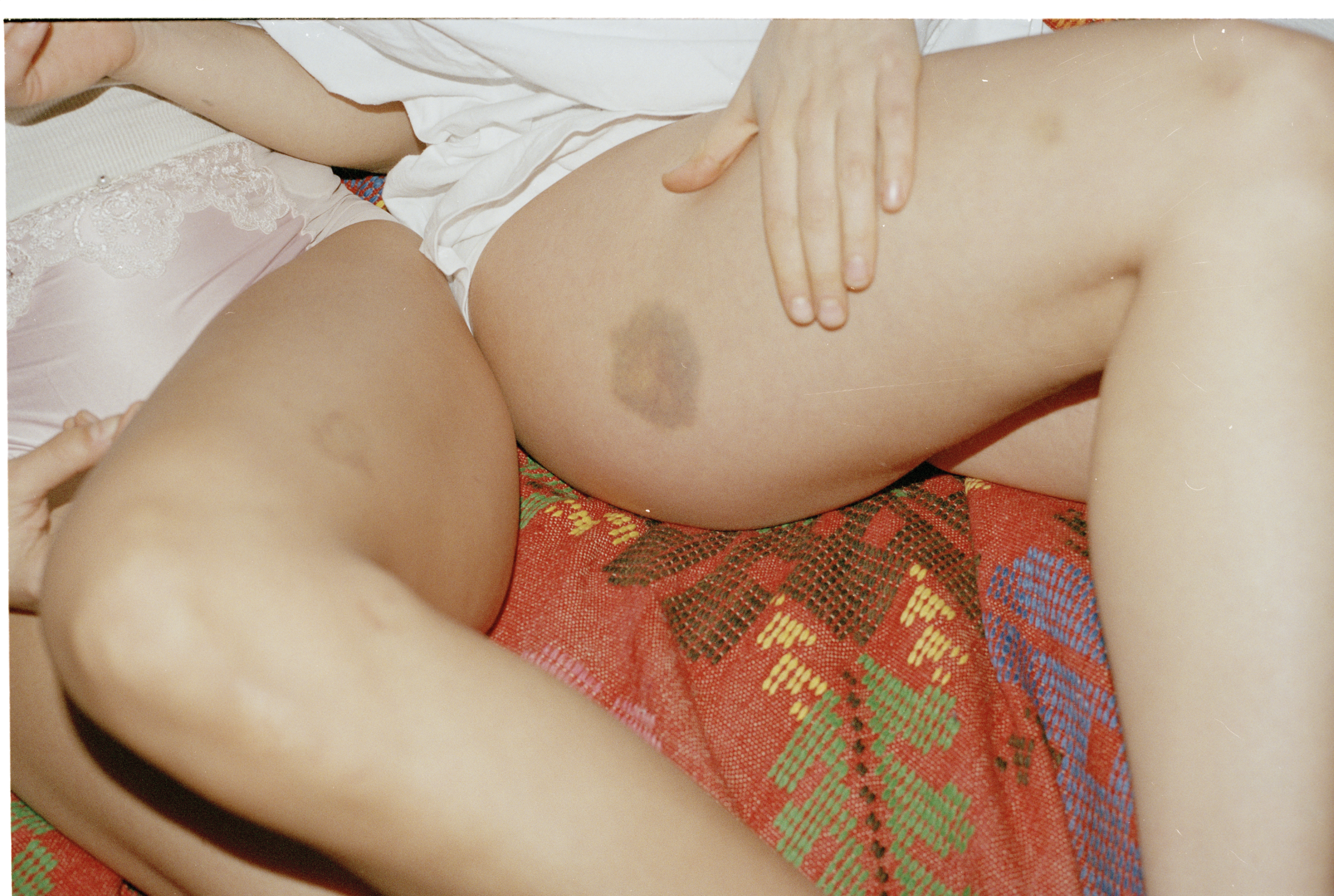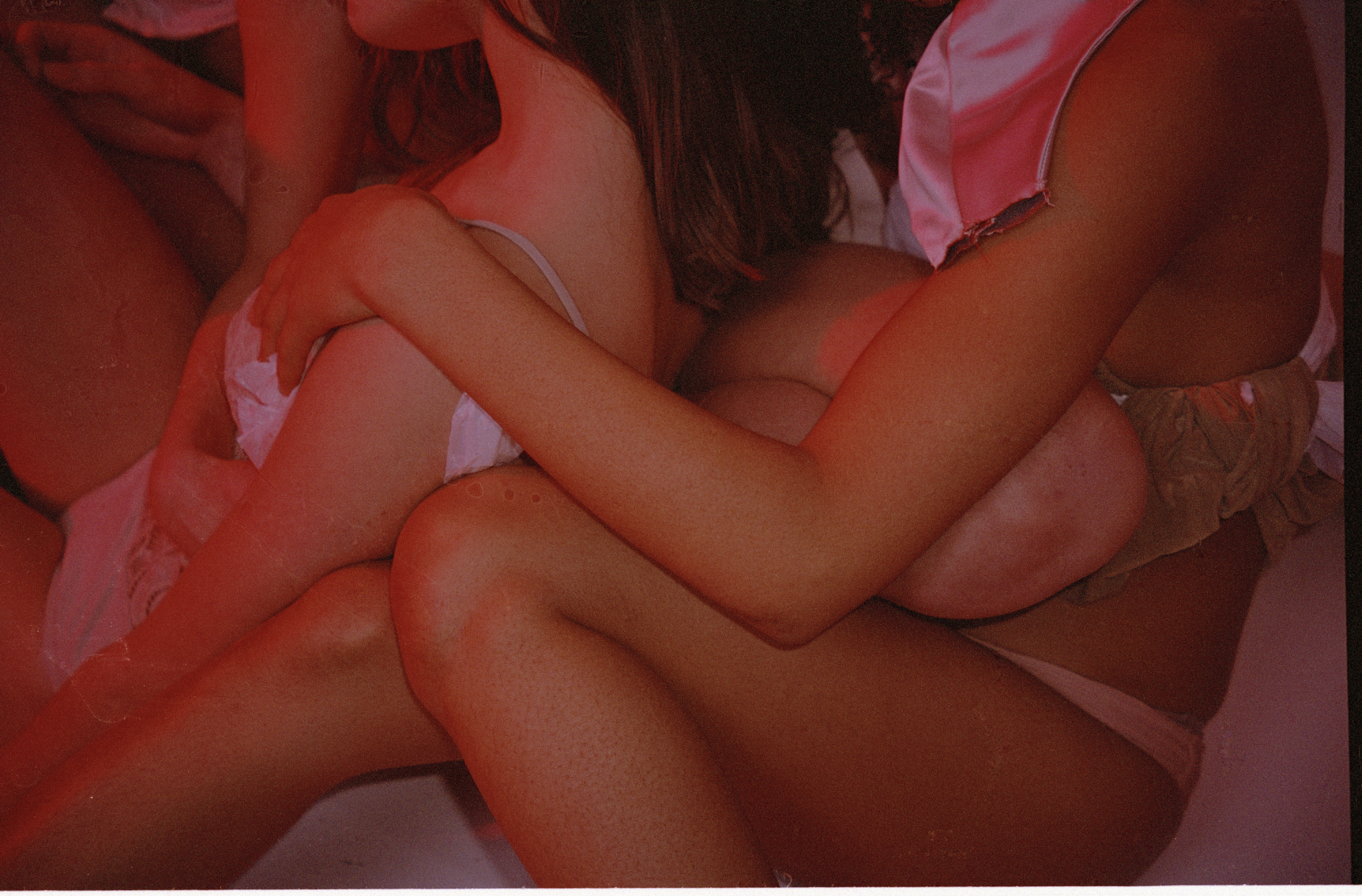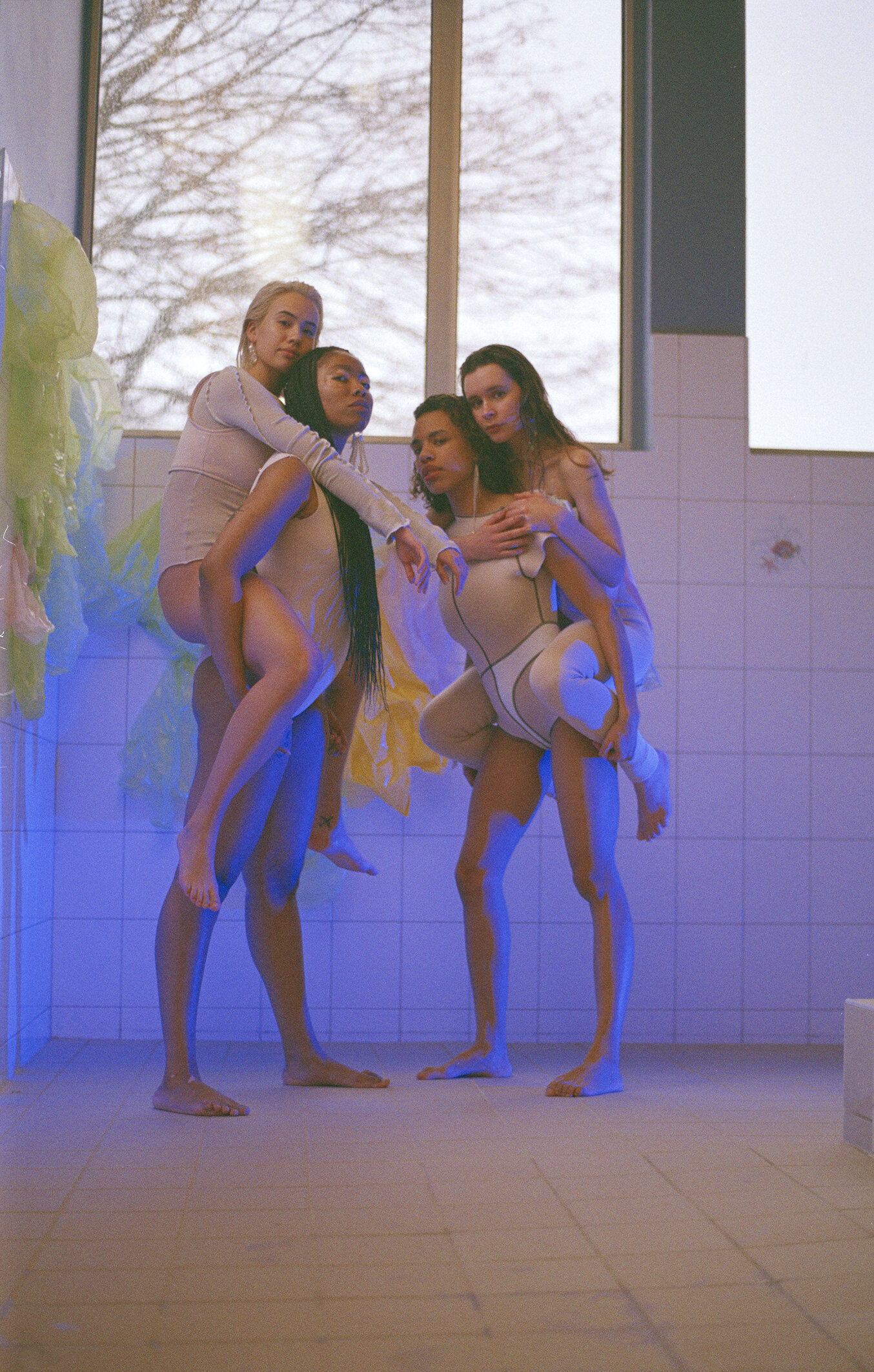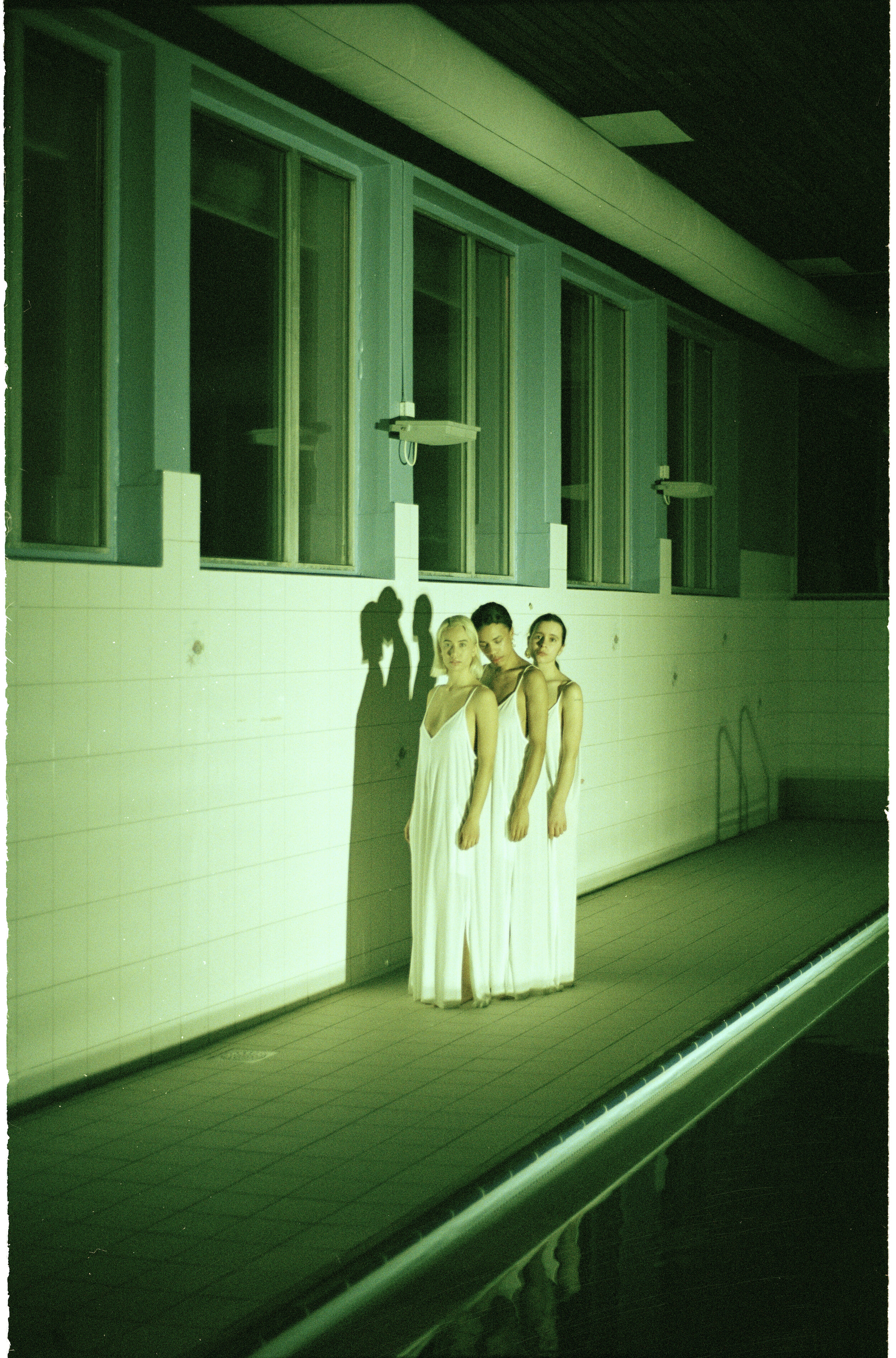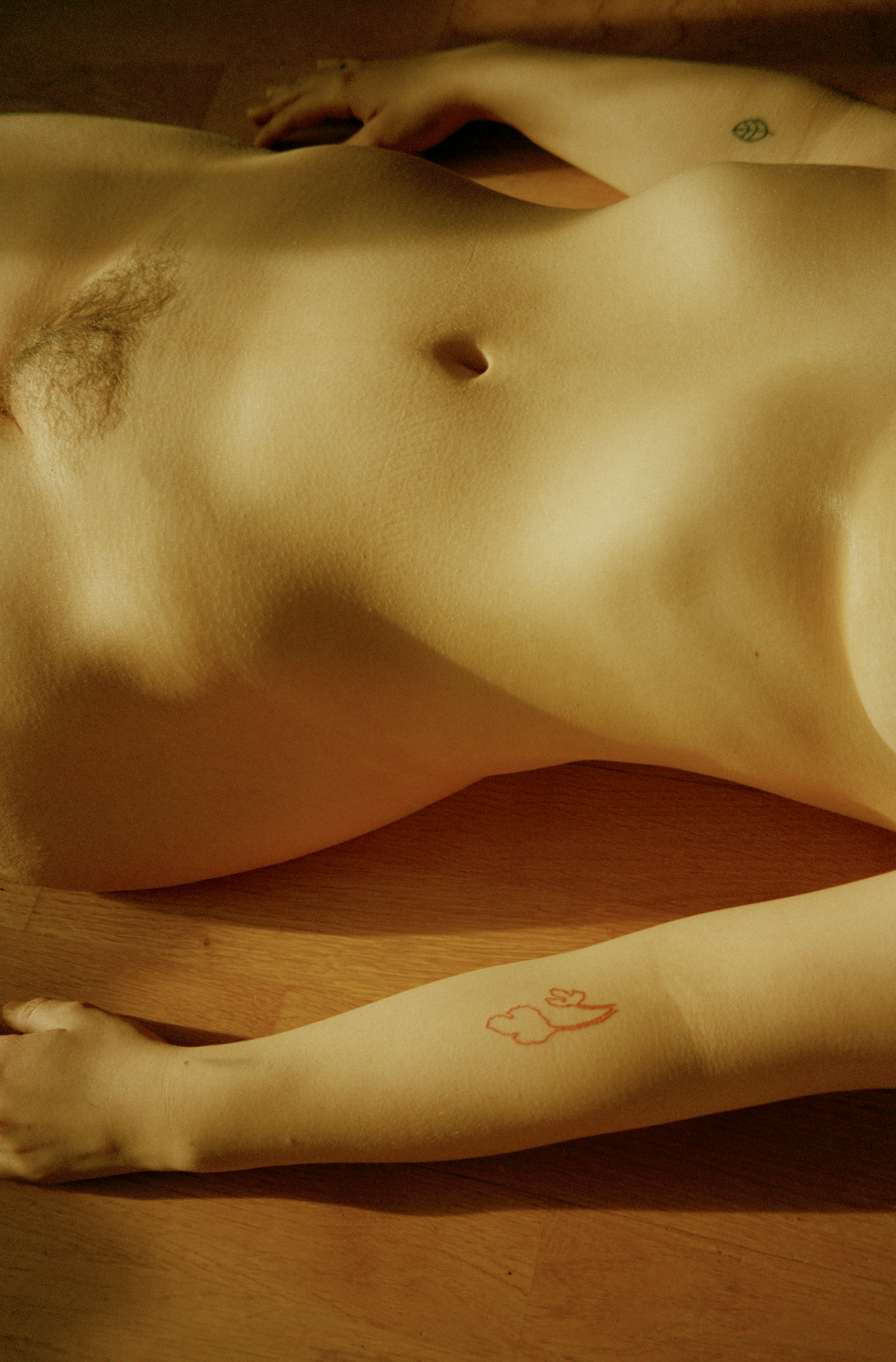Artist Feature: Jenny Hviding
With a background in dance, artist Jenny Marie Hviding Schjerven’s work melds experiments within the visual art field, mainly painting, performance and photography. As an artist, she questions the world around her through social practice, geography and politics continuously playing with color, movement, video, Instagram and other types of formats and platforms. She is interested in transforming her own experience as a woman into some sort of visual shape and expression. Connecting with others and documenting life in general, she is pushing the boundaries of what is expected as an artist. Creating spaces for women to meet and joining in this somewhat artificially created social happening, she joins them through the lense. Understanding that image making is just as much about exploring the social spaces and what happens when we meet has slowly become her main work.
Photography by Jenny Marie Hviding Schjerven
Q: Share something that you learned from creating your work that would resonate with our community.
JH: To fit in as a woman meant to stay put in “your/our” lane, leaving us looking at femininity as something comparative, weaker, always juxtaposing it to the other, the example or standard of strength if you will. Having people telling us what to do, what to wear, how to behave and continuously grooming us into the good girl society needed us to be. Constantly being told how our value as a person is ultimately measured by purity, made me rebell from quite a young age. This sentence “pure and delicate” goes along with fragile and soft; other words you would hear associated with femininity and womanhood. All of this results in accumulated negative connotations towards our feminine side, making us to believe it's lesser than the masculine. Or even just shaping our internal views of self worth and love, having us confined into the hetereonormative way of looking at gender and what it means to be a woman. Feminism to me, is to challenge those notions, whatever privilege and background you come from. To shift power structures from the very outdated colonial eurocentrism, to work towards a global intersectional narrative.
Q: What does being a feminIst mean to you?
JH: The future is intersectional.
Photography by Jenny Marie Hviding Schjerven
Photography by Jenny Marie Hviding Schjerven
Follow @jennyhvidingvisuals and view more at jennyhvidingvisuals.com



